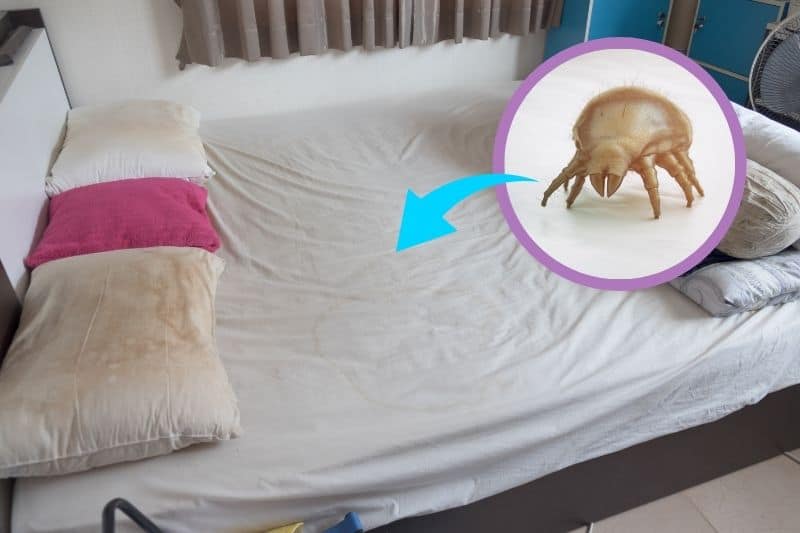We all love the feeling of slipping between clean sheets after a long and tiring day, but many of us are not particularly fond of the full workout that often comes with the act of changing our bedding, no matter how good we are with our cleaning schedule.
So, how often are you supposed to be changing your bedding, and why?
There are numerous potential answers to be found on this topic, but here are a few points that may shed a clearer light on this subject.
How Often Does Your Bedding Need a Wash?
The general consensus on this topic is that you should be changing your bedding once a week or, at the very least, twice a month if you find that weekly is pushing it for you.
Assuming you sleep the NHS’s recommended seven to nine hours a night, you’ll spend about 56 hours a week in bed. This isn’t accounting for any time you might spend in bed before falling asleep and after waking up!
Spending that amount of time in one spot will naturally mean that it’s going to need a proper clean on a regular basis.
Many experts also say to wash your duvets at least every six months. Obviously, this presents a bit more of a challenge as your duvet is not an easy fit for an average washing machine, but most laundrette or dry cleaners will have this service, often for a very affordable price.
The same can be said for pillows, except these should be washed every three months if possible.
Why Should You Wash Them So Often?
According to Science Focus, humans lose up to 77lbs of skins cells in our lifetime, which equals around 15 million cells a night. This build-up is great news for the microscopic dust mites that live in your bed because those dead cells are their favourite midnight snack.

And the longer amount of time that you leave your sheets on your bed, the more the dust mites will be able to eat, and the more they eat, the more they will reproduce!
These dust mites themselves are not the problem, it’s their droppings that cause a reaction. If you suffer from allergies and are especially affected by the seemingly endless hay fever season every spring, your symptoms may be exacerbated by those dust mite droppings.
This can make your eyes itchier, your nose is runnier, and those sneezes even more frequent.
Another favourite snack for the dust mites is the four to 16 different types of fungi that thrive in our pillows and are also known to aggravate asthma, as well as worsen symptoms in people who are already ill.
Just the thought of all these microscopic creatures in our sheets, along with the accumulation of sweat, body oils, saliva, dirt, and bodily fluids should be a pretty good incentive to strip the bed and get those sheets into the wash.
What’s the Best Way to Wash Them?
The best way to wash your bedding is to set the wash cycle to at least 60°C. The hotter the water, the more likely it that it is going to successfully kill off the dust mites and bacteria.

It’s also recommended that hanging your bedding out to dry in the sun is the best way to destroy any micro-organisms.
This may prove to be a little more difficult in the UK, but if you manage to make the most of those clear summer days then you’ll be able to appreciate the crisp smell that only originates from hanging something on the line in the sunny garden.
In the end, just because your bedding may still feel and look clean, it’s the tiny invisible critters that you need to be concerned about.
It may seem like a tiresome and never-ending task to wash your bedding every week, but just a quick thought about those little dust mites should be enough to kick you into gear. Just imagine that lovely clean-sheet smell!

An adventurous book lover with an animal obsession and a proclivity for travel and spontaneity. Used to passionately despise cleaning but has grown to enjoy it thanks to learning all the best tricks and shortcuts to guaranteeing a stress-free routine and a spotless home.






